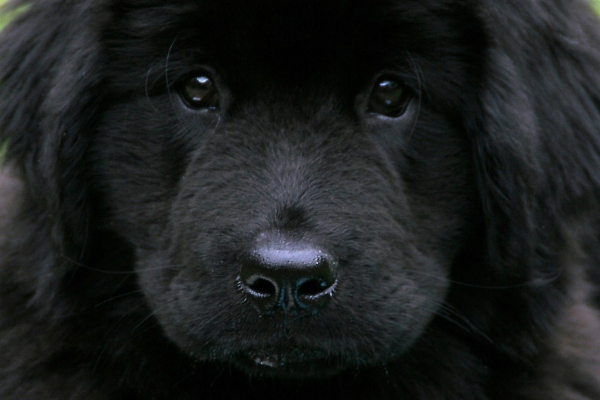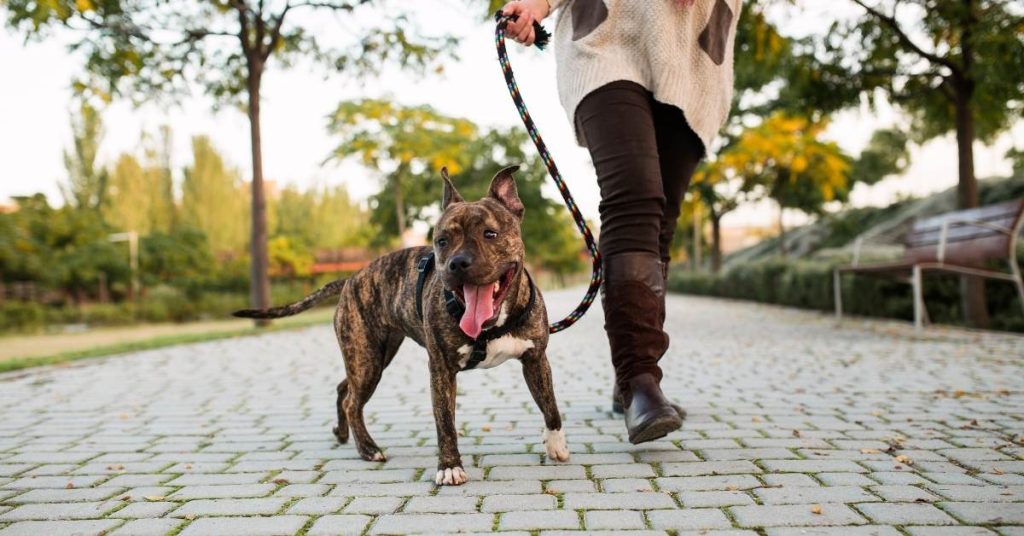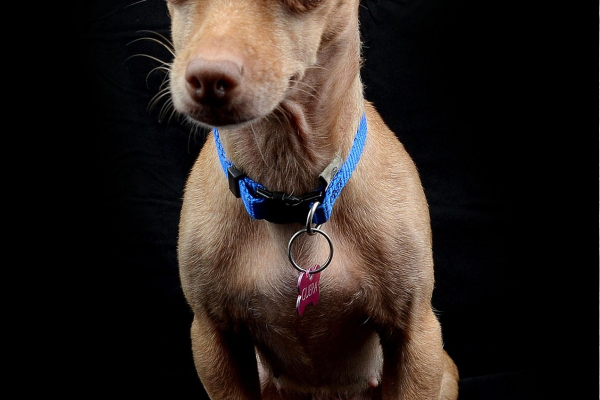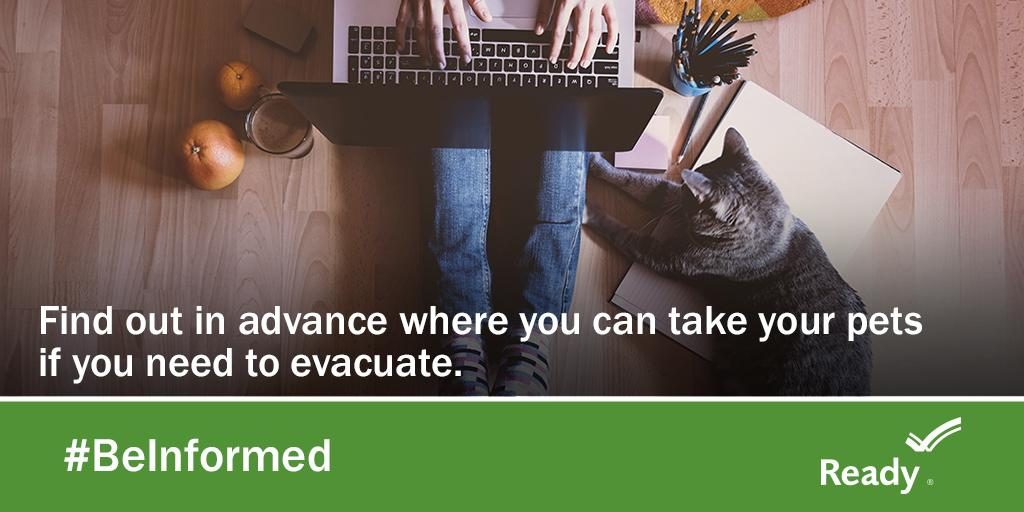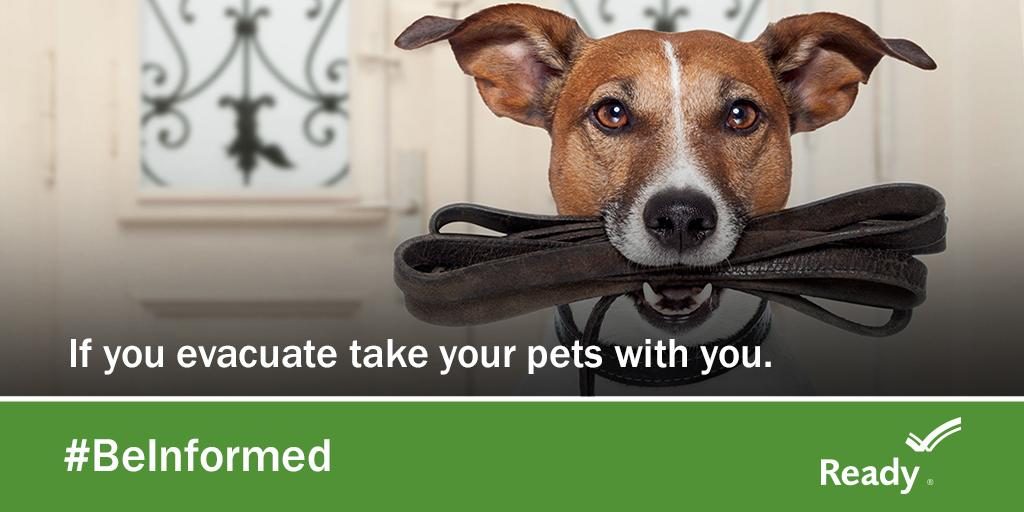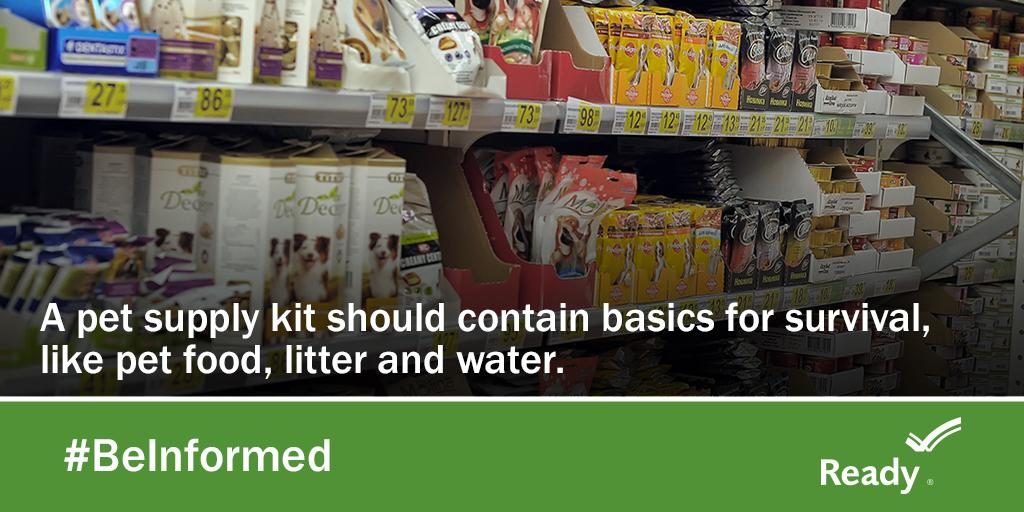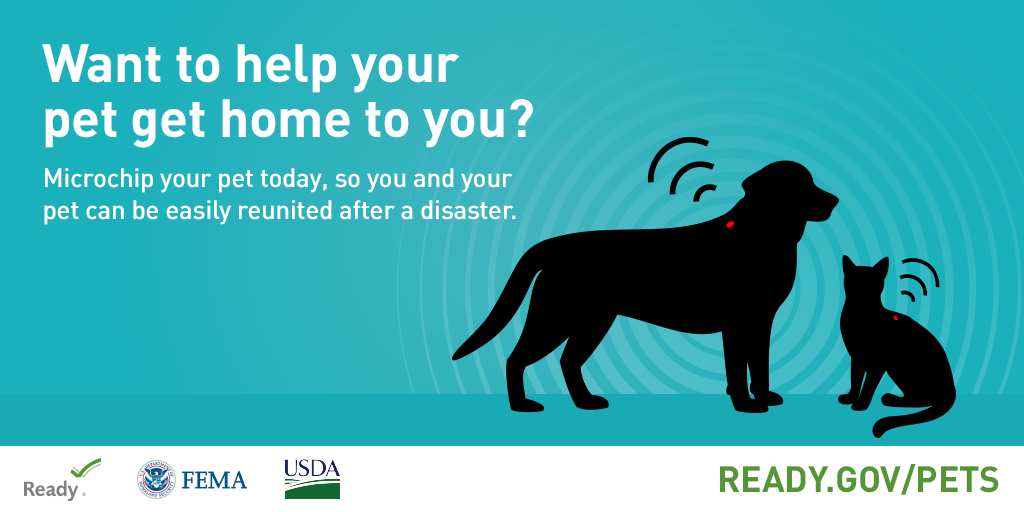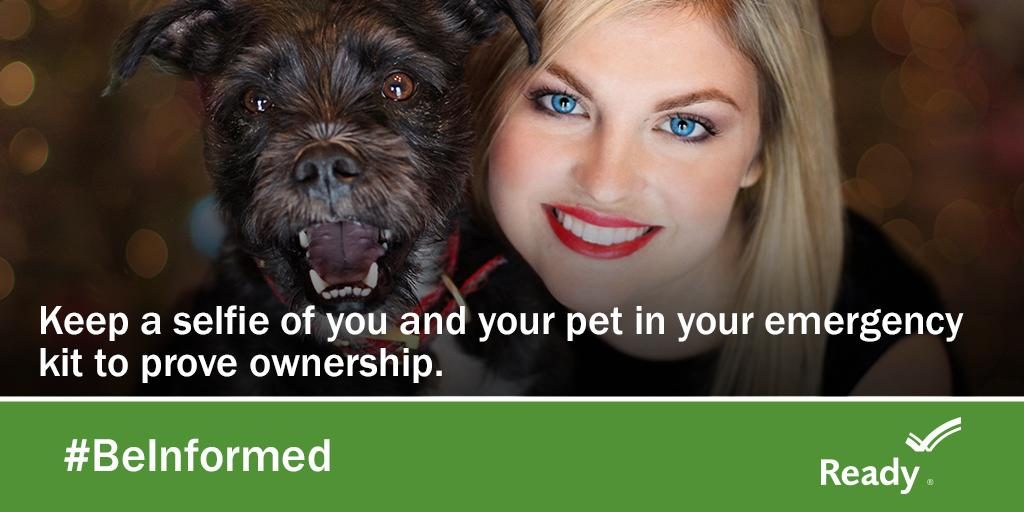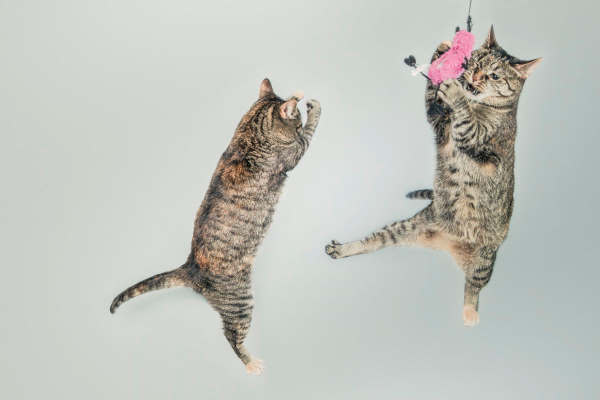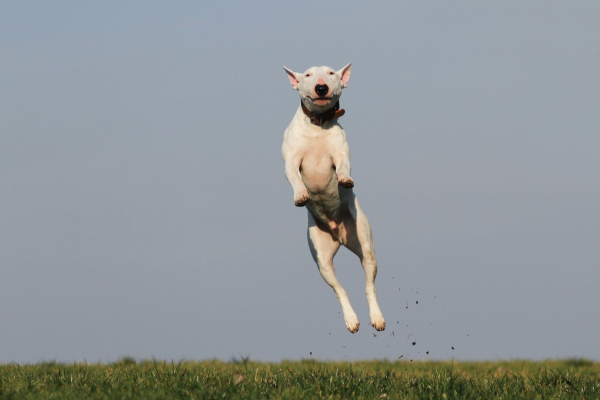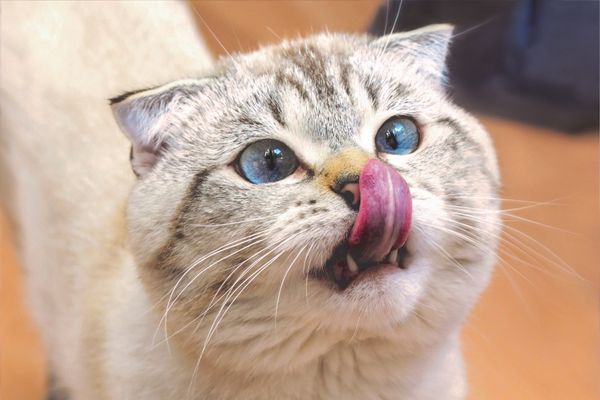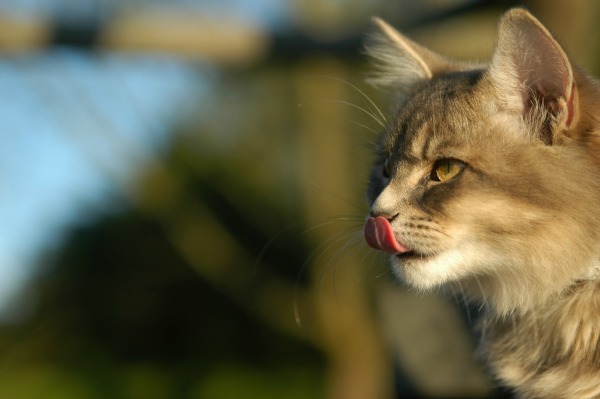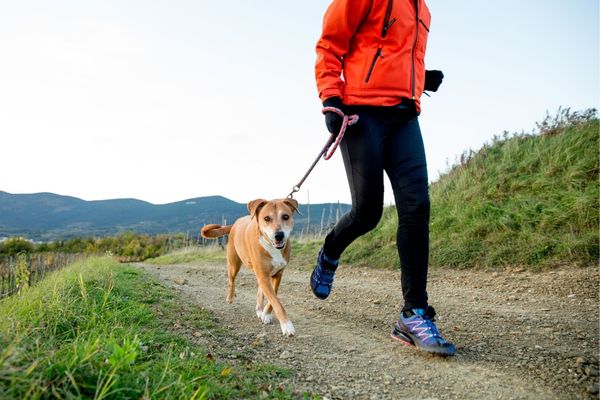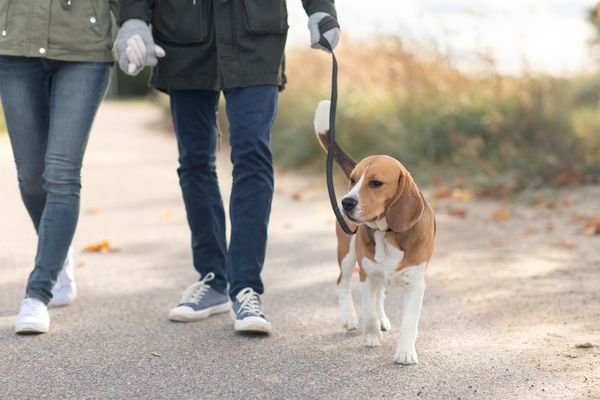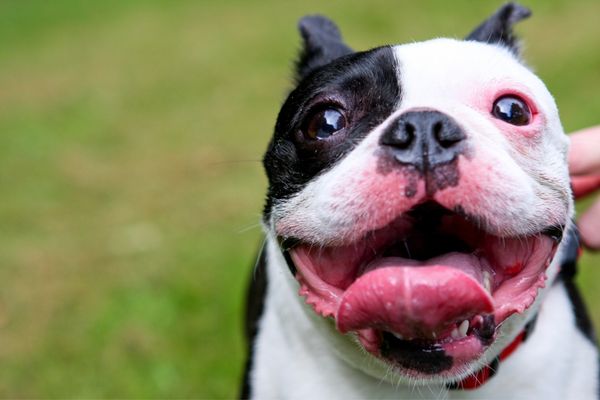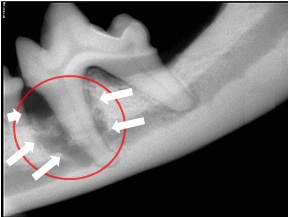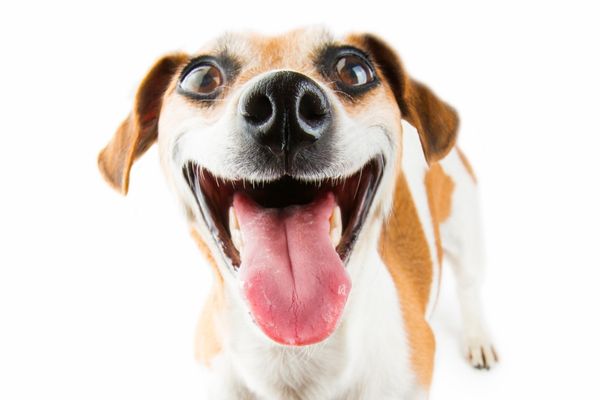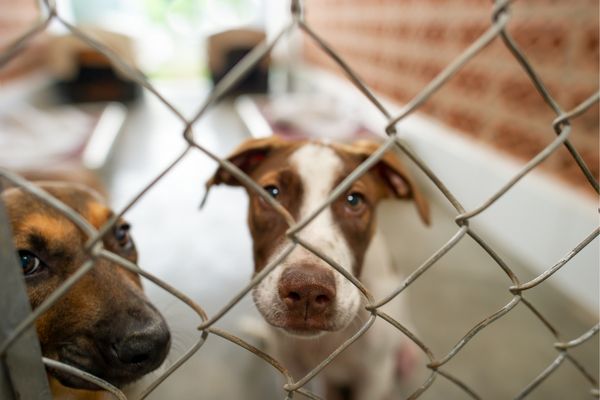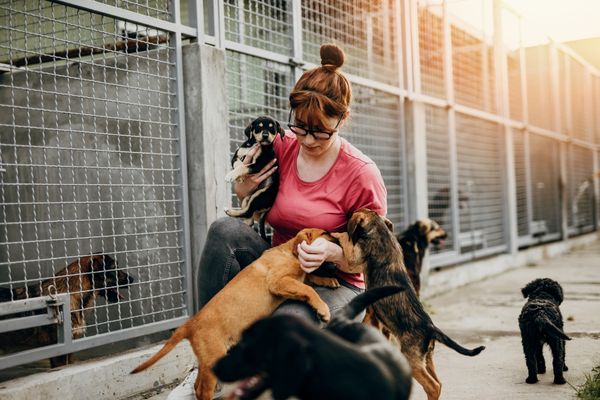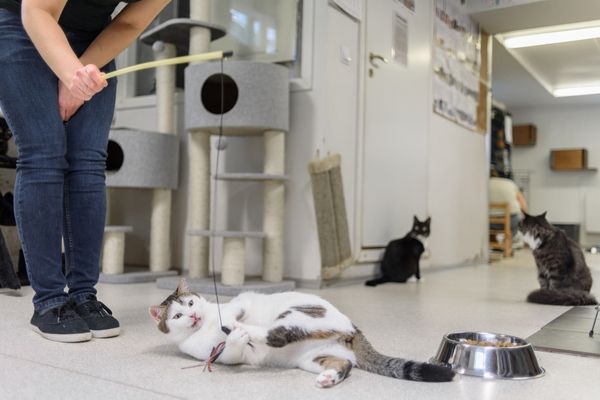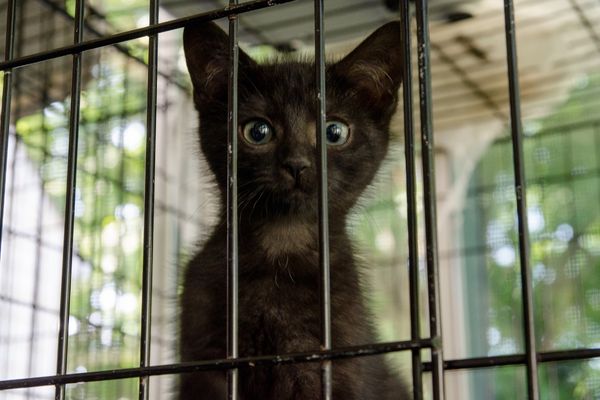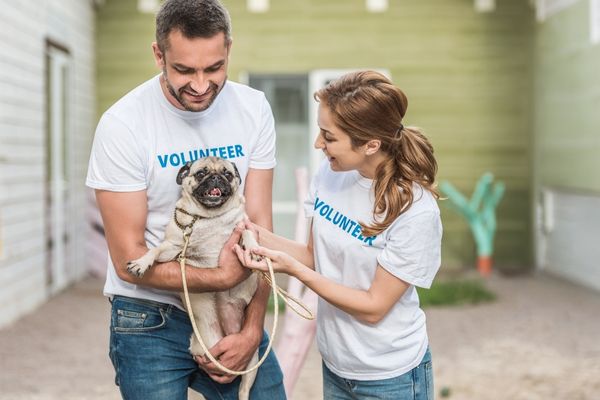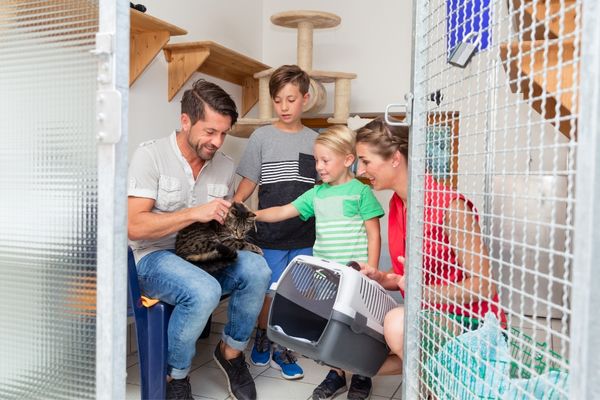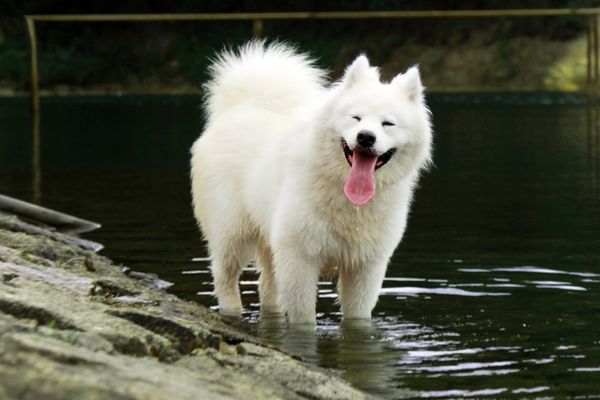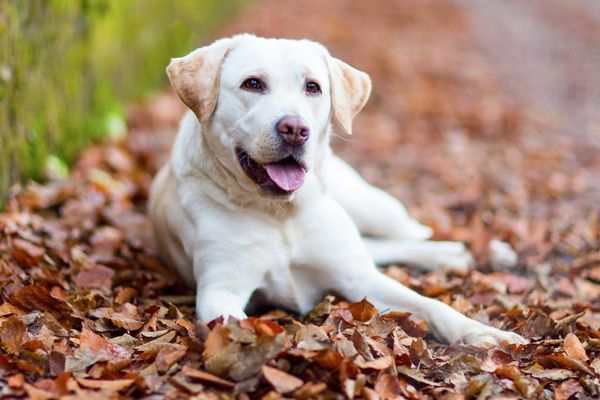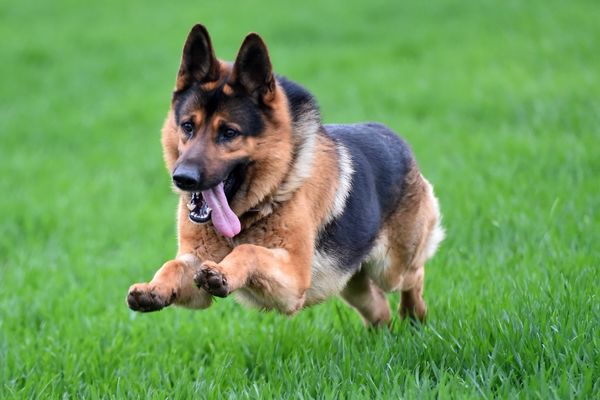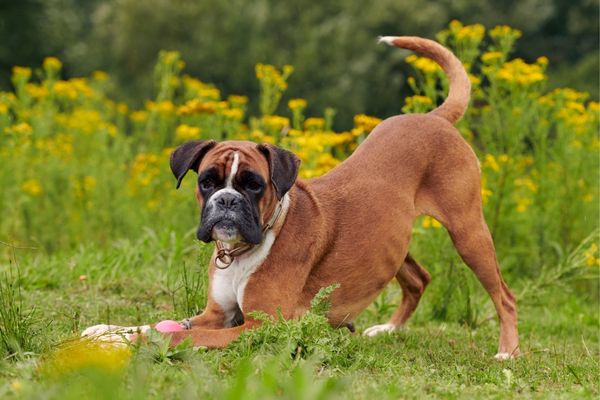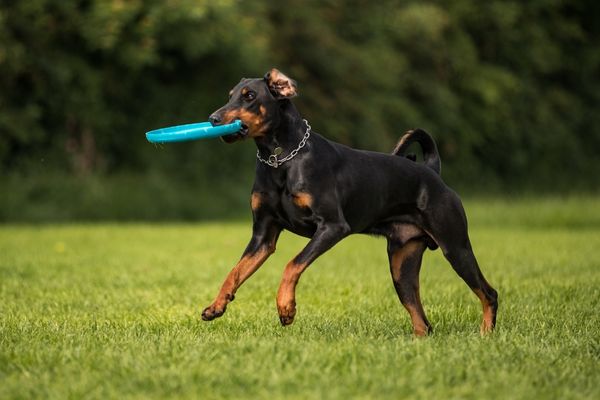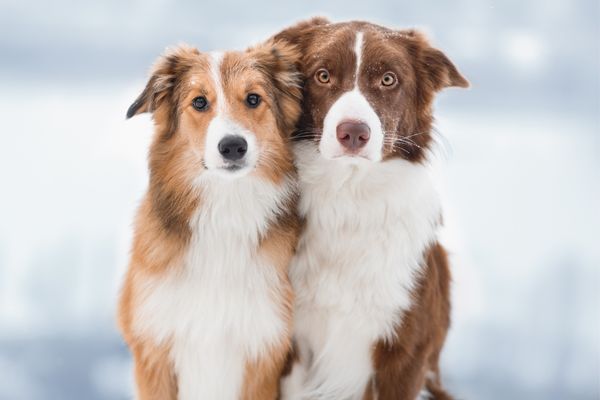 By Bubba the Cat
By Bubba the Cat
Public Relations Officer
We’ve had a run of “blocked” cats recently, so I wanted to tell you more about it so you can save my kitty colleagues—and your wallet—a great deal of pain.
Urinary blockages occur almost exclusively male cats when a plug of material gets stuck in their urethra, the tube leading from the urinary bladder to the outside.
In a male cat like me, this tube has a very tiny diameter and it’s easy for urinary crystals, stones, or mucus plugs to create a traffic jam. When a cat is “blocked,” it cannot void urine and the bladder quickly overfills, causing tremendous pain and toxins to build up in the blood. This is a life-threatening emergency if not managed quickly, and can rapidly cause acute kidney failure and a painful death.
 I am the poster child for urinary blockage – I’m a male, neutered cat, I live indoors, I’m middle-aged, I’m a bit chunky about the middle, and I prefer dry food.
I am the poster child for urinary blockage – I’m a male, neutered cat, I live indoors, I’m middle-aged, I’m a bit chunky about the middle, and I prefer dry food.
Cats with highly concentrated urine, a condition extremely common when we eat exclusively or primarily dry food, is always a factor in causing a urinary blockage.
To help prevent this in yours truly, I’m served wet food twice a day to help keep me hydrated and the dry food I eat is designed to help prevent crystals from forming.
Big hint here:
Grocery store brands of dry food are much more likely to be implicated in urinary blockage, so please don’t buy that stuff. In the long run, you’re not saving money and could be putting your cat’s life at risk.
Signs of potential urinary blockage
- Repeated trips to the litter box and straining (sometimes people think their cat is constipated when it’s actually a urinary blockage)
- Producing only drops of urine or no urine, instead of a normal amount
- Crying, agitation, and sometimes vomiting associated with trying to urinate
- Lethargy and depression as the pain and toxins becomes too much to bear
What to do if you suspect your cat has urinary blockage
If you think your cat may be experiencing a urinary blockage, take him to the vet immediately. Do not wait; this is a life-threatening situation.
The doctor will need to relieve the obstruction quickly. She will likely want to perform some tests to see if there are any significant complications, such as kidney failure and elevated potassium, which require additional treatment. Sometimes, X-rays or an ultrasound are helpful too.
To relieve the obstruction, the vet usually needs to sedate or anesthetize the cat, then carefully pass a urinary catheter into the penis, through the urethra, and into the bladder. The catheter allows the bladder to be emptied and for the vet to flush the bladder with saline to try to rinse some of the crystals out. These procedures must be done very carefully to avoid further damage to the urethra.
A softer, longer urinary catheter, called a “Slippery Sam,” is then placed to keep the pathway open and help prevent an immediate re-blockage. This second catheter will usually need to remain in place for a few days to allow the kitty’s bladder to return to its normal, un-stretched size, and to assist the kitty in passing more crystals and excess toxins in his urine.
IV fluids are usually needed to help the kitty flush toxins from his system and make more dilute urine. Antibiotics and medications to help relax the urethra and control pain and inflammation are usually prescribed.
Long-term care
Long-term care is aimed at preventing another urinary obstruction from happening, as they often will if not managed properly. There are special diets, both canned and dry, to help create more dilute urine and prevent the formation of urinary crystals and bladder stones.
If repeat blockages do occur, despite appropriate management, some kitties require surgery to produce a new, wider opening for urination (but this puts the kitty at risk for bacterial urinary infections, so hopefully can be avoided).
Preventive care
To help prevent this situation from occurring the first place, please consider feeding your cat a diet that promotes hydration, such as wet food and/or a high-quality dry food with water added.
Watch your kitty’s waistline and help him maintain his athletic build (good for him on so many levels).
And, if you ever notice a change in your cat’s urinary habits, especially a male cat, please take him to the vet immediately.
Tell them Bubba sent you.

